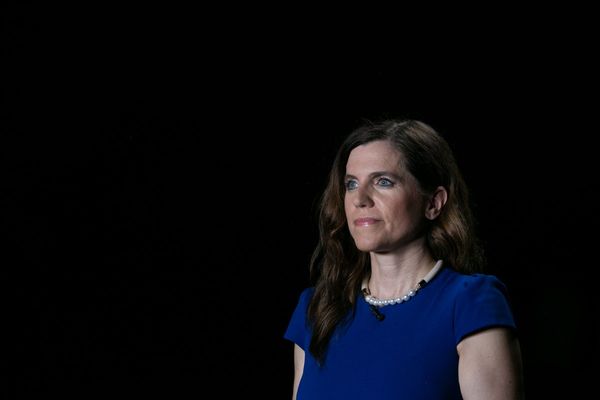
China is seeking to acquire equipment and knowledge in the Dutch space sector, sometimes in circumvention of export restrictions, the Netherlands' military intelligence agency said on Wednesday.
The agency, known by its Dutch acronym MIVD, said in its 2022 annual report that its analysis "shows the Chinese satellite launch capacity will increase further in the coming years to 100 launches per year".
There have been "various Chinese attempts to acquire military-relevant technology outside the export restrictions. In doing so, the MIVD discovered, among other things, a number of cover companies that were used for this purpose", it said.
China's embassy in the Netherlands did not immediately respond to a Reuters request for comment.
China has long insisted that its space programme is for peaceful purposes and that it opposes any form of arms race in space. But at the same time, Beijing says its space programme must help protect China’s national security. China also aims to be a major space power by 2030.
MIVD chief Jan Swillers said in the agency's report that China was specifically seeking "launchers with intelligence, surveillance, reconnaissance (ISR) and communication satellites”.
The Chinese want to become a leader in space by developing state-of-the-art quantum communication networks with global coverage, the report said.
The MIVD's partner agency, the Dutch general intelligence agency AIVD, said on Monday that China posed "the greatest threat to Dutch economic security".
In response, China's foreign ministry urged Western officials to abandon what it called a Cold War mentality and stop hyping up the “China threat” narrative.
Beijing's embassy in the Netherlands rejected the AIVD's remarks, saying accusations Chinese firms were spying were false and that they instead followed Dutch laws and regulations.
The MIVD's report said it had taken security measures where possible to safeguard against spying and hacking attempts.
(Reporting by Anthony Deutsch and Bart Meijer in Amsterdam and Ryan Woo in Beijing, editing by Mark Heinrich)







